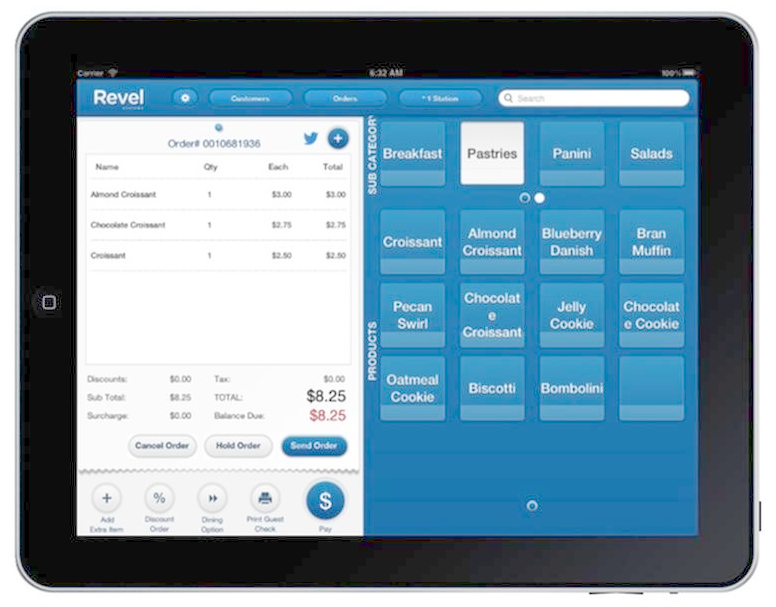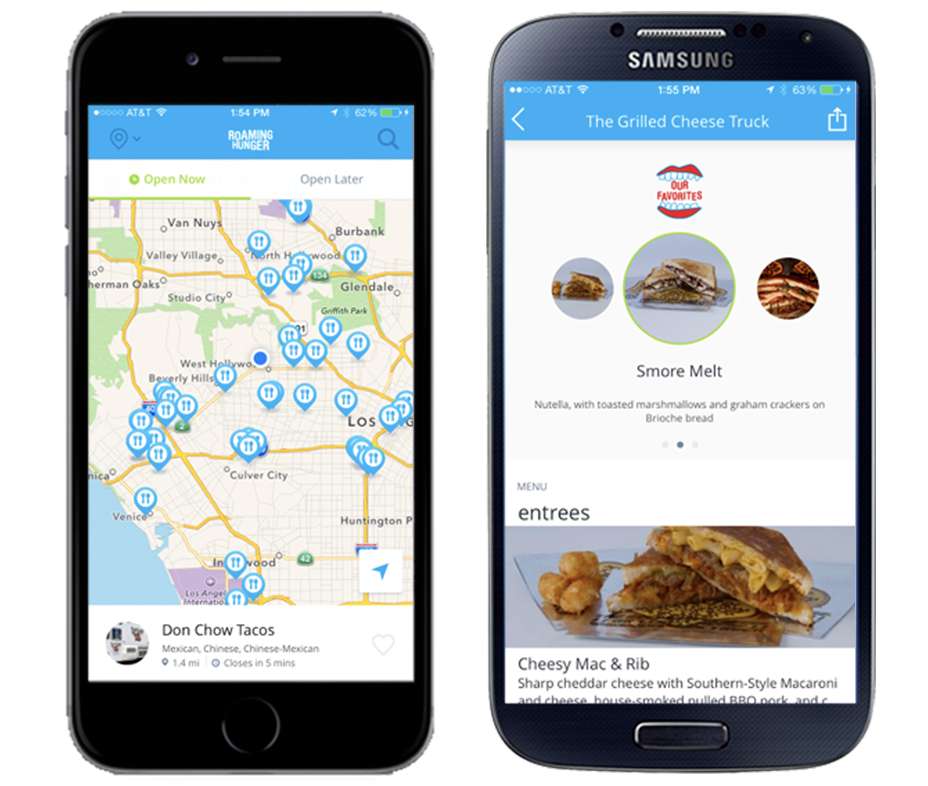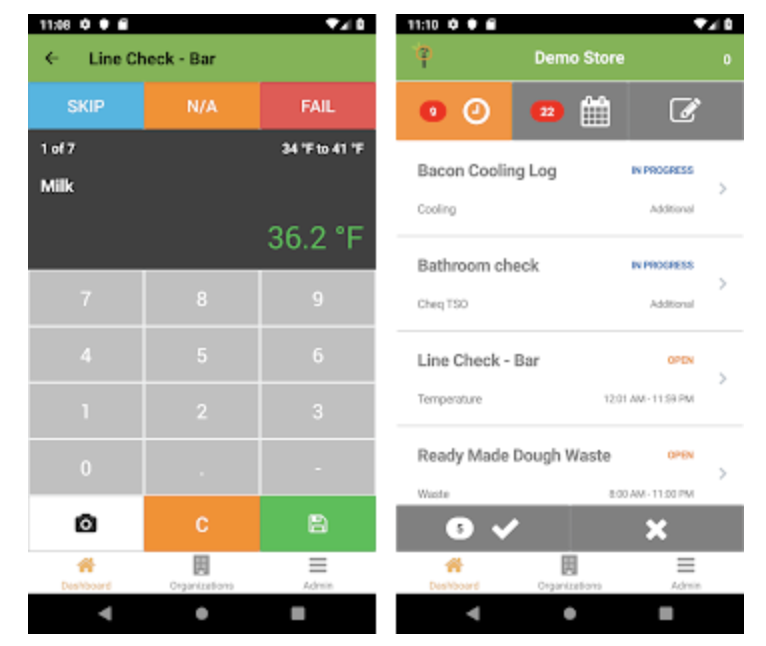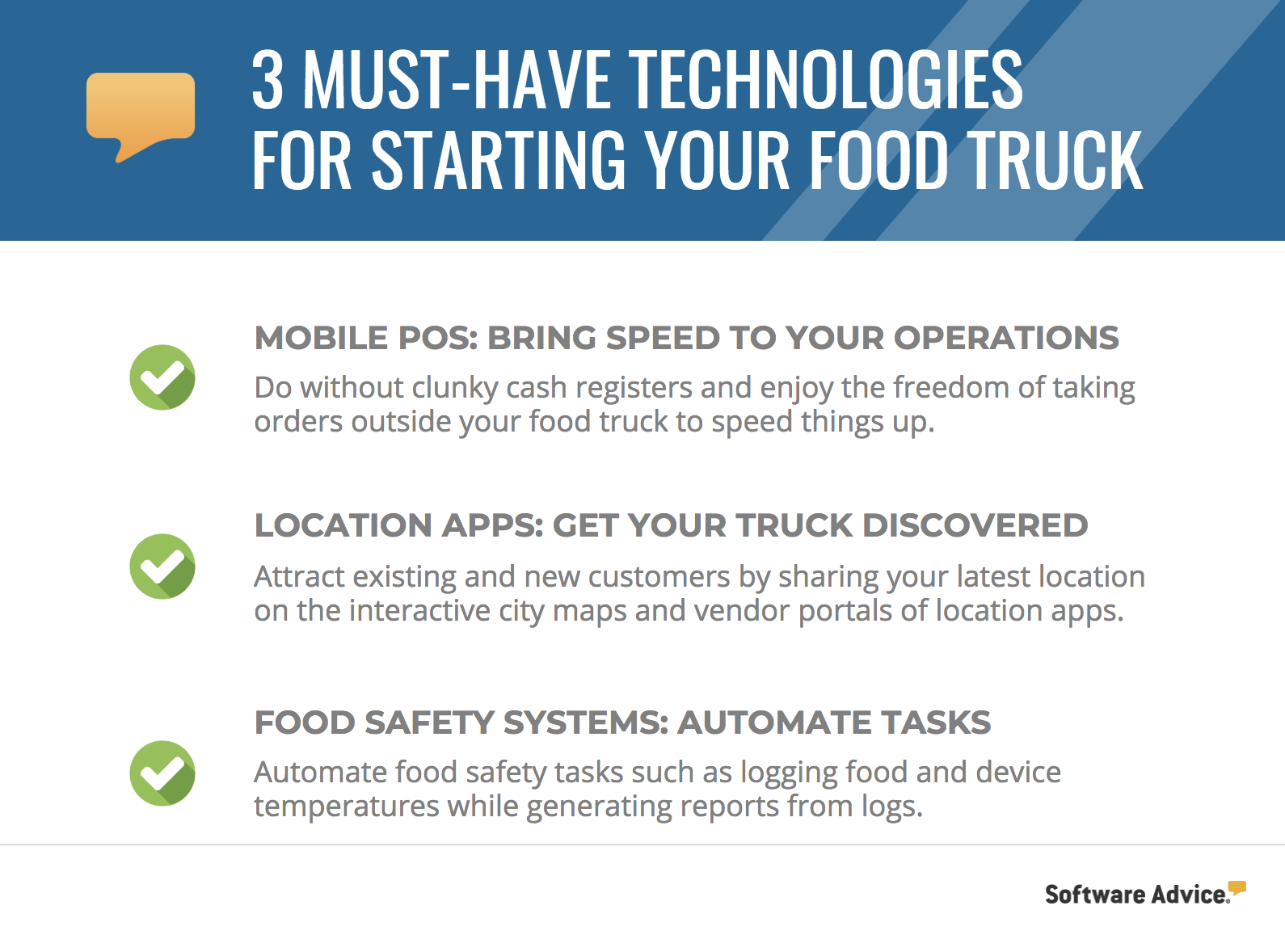3 Must-Have Technologies When Opening Food Trucks
When the recession hit in 2008, an unemployed Roy Choi parked his humble Korean taco truck in front of a Los Angeles nightclub and launched a food phenomenon that would be known today as the ubiquitous “food truck.”
A decade on, there are over 4,000 food trucks across the country in an industry worth $1.2 billion, according to The Economist.
It’s easy to see why entrepreneurs are opening food trucks in droves, when you consider that food trucks have minimal overhead costs, require fewer employees and can adapt to changing customer demands by updating menus, locations or opening hours.
However, food trucks face a unique set of challenges, such as operating within limited spaces, finding effective locations and attracting new and returning customers.
To succeed in the mobile food business, food truck owners must adopt the right technologies to address those unique challenges in order to attract new and returning customers and ensure a thriving food truck business.
Below, we’ll take a look at key technologies most beneficial to food truck owners who are just starting their food truck business.
Here’s what we’ll cover:
1. Mobile POS: Introduce Speed, Organization and Marketing
2. Location Apps: Get Your Food Truck Discovered
3. Food Safety Systems: Automate Tasks and Generate Reports
1. Mobile POS: Introduce Speed, Organization and Marketing

Take orders outside your food truck with a mobile POS (Source)
THE CHALLENGE: The phrase “too many cooks in the kitchen” cannot be more true for food truck employees who operate in confined spaces of less than 8 feet wide by 20 feet long.
Working within cramped quarters in these kitchens on wheels means traditional and clunky cash registers can get in the way. Add to that, food trucks need to be speedy well-oiled machines in all areas—from payment processing to food prep—as they hustle to serve high volumes of customers at peak hours.
It takes more than serving delicious food to be a successful food truck operation. Food truck operators need to do all the above while operating other moving parts such as managing customer loyalty and pulling up sales data in a timely manner.
THE SOLUTION: Having a robust mobile POS system is absolutely vital to do all the above efficiently. The right mobile POS system enables you to not just take orders and process payments—but do them easily and swiftly.
It also enables you to customize orders to provide the best customer experience. Say, a customer doesn’t want cilantro and onions on his dish. You can easily make that customization on your mobile POS. Looking to entice repeat visits from loyal customers? Manage that with a built-in rewards program.
Simply put, an effective POS can go a long way in helping you operate your food truck businesses quickly and efficiently.
Benefits of Mobile POS Software
Speed and ease of use: The food truck industry demands speed and hustle. Manually taking orders with pen and paper may have worked previously, but customers waiting in line will expect their food to come as they requested—and quickly.
Because it’s mobile, you can take orders outside your truck too. The faster food truck owners can take orders, the more quickly they can deliver food efficiently to a steady stream of customers.
Efficient use of space: Employees often work in confined spaces of less than 8 feet wide by 20 feet long. Mobile POS systems make it easy for customers to swipe their cards through a device quickly. More importantly, these systems often take up less space than clunky cash registers, which is a great benefit for food trucks operating out of limited spaces.
Engage customers with upselling features: Beyond taking orders, most mobile POS systems also have a simple built-in tipping process to encourage more tips for your business. Other upselling features also include the ability to get customers’ contact details for email and SMS marketing in order to boost repeat visits and customer loyalty.
Access to sales reports anywhere: Getting the right data enables you to make informed decisions about your business. Even if you’re not on location, you still have the ability to pull up sales reports and other analytics on the cloud to help you make decisions about your business wherever you are.
2. Location Apps: Get Your Food Truck Discovered

Location apps enable your food truck to be found by potential customers ([_Source](https://roaminghunger.com/mobile-app/))_
THE CHALLENGE: When it comes to location, variety is one of the key factors in determining the success of a food truck.
A study that tracked over 200 food trucks in Washington, D.C. across 70 unique locations found that the average food truck visited nearly eight different locations, with 93 percent of trucks visiting at least two different spots.
Those results found that returning to the same location daily had a negative impact on the food trucks financially:
$257
was lost by food trucks who visited the same location two days in a row. This comes out to approximately 38 percent of their average daily profits.
THE SOLUTION: The main goal for any food truck is to be discovered by customers. Even if your food is phenomenal, it does your business no good if customers don’t know where you are.
Location apps such as Roaming Hunger, Truckily and Food Truck Tracker address that challenge by letting your customers know where your food truck is located at any time, removing a) any worry that you have about your customers not knowing where you are, and b) taking away any manual work associated with you having to update your location constantly.
Benefits of Location Apps
Share your location with your existing and new customers: Most apps provide the ability to update your latest location on their interactive city maps or vendor portals. The advantage of getting on those maps means more customers are actively looking for food trucks like yours around them. Existing customers can also register for email updates of your food truck and receive notifications of your latest location.
Automatically reach a wider customer base via social media: Location apps remove the grunt work out of your social media updates by simultaneously updating your location across channels like Facebook, Twitter and Foursquare, eliminating the hassle of having to individually post across multiple channels.
Be hired for events: Taking it one step further, some apps also make it possible for you to be booked for corporate events and parties. This gives you the opportunity to further attract a larger group of customers, potentially expanding your customer base.
3. Food Safety Systems: Automate Tasks and Generate Reports
 Automatically track temperatures and check off online cleaning lists (Source)
Automatically track temperatures and check off online cleaning lists (Source)
THE CHALLENGE: For food truck owners, it takes a lot more to ensure that food is safe when operating in a confined space.
A truck owner has to think about how to get access to clean water, filling up a water tank, disposing waste water, finding a power source and ensuring that food is kept at the right temperature—all within a limited space.
More specific to food temperatures: Maintaining the right temperature can pose a major challenge for mobile food businesses. Upon arrival of the food, food truck operators need to ensure that no food is above 41 degrees Fahrenheit and to store it immediately, or disposing of it immediately if it’s above the acceptable temperature.
WHY? Food temperatures above 41 degrees Fahrenheit have the most rapid bacteria growth—especially between 70 and 125 degrees Fahrenheit.
Food trucks are also more likely than their brick and mortar counterparts to be subjected to random, “pop-in” FDA checks at fairs and festivals. Failing a visit from a health inspector can keep your business shut for a few days, or worse, lead to permanent closure.
THE SOLUTION: Food safety apps can be introduced to your food truck to automate laborious and manual tasks that you’d otherwise have limited time for in your hectic schedule. Some of these include calibration of thermometers, checking off cleaning and training lists as well as generating temperature and consistency logs for quality control inspections.
Benefits of Food Safety Systems
Automate food safety checks: Using pen and paper to keep track of your food temperature logs is not only time-consuming; mistakes can also be made in a fast-paced environment. Food safety applications can streamline your business processes and do without cumbersome reporting and paper logs.
Monitor temperature checks: There’s no need to worry about forgetting when you last checked the temperature. For example, within the first week of using food safety software FreshCheq, David Sevcik, owner of food truck Mac ‘N Noodles in Denver, Colorado, said he noticed the refrigerator registering a temperature of 45 degrees.
“I immediately had it repaired and saved what could have been a poor experience for a lot of my guests,” he said.
Eliminate manual reports: Food safety apps help log food and device temperatures while generating reports from logs that can be presented to health inspectors. “Integrating the technology was not only easy but keeps me accountable and allows me to easily maintain a log,” said Sevcik.
Next Steps for Opening Your Food Truck
Investing in these three technologies should provide a good foundation when opening food trucks. Some of these technologies may be intimidating if you’re new to the business, but the extra time you’ll get with these time-saving and productivity-enhancing systems will enable you to focus on what matters most—serving up delicious food from your food trucks for your customers.

Our team of advisors is always ready to help you find products that meet the unique needs of your food truck too. Call them at 844-685-8455 or fill out a quick form and one of our expert restaurant software advisors will get in touch with you.
Note: The information contained in this article has been obtained from sources believed to be reliable. The applications selected are examples to show a feature in context, and are not intended as endorsements or recommendations.